Future Development of RDF Rod Making Machine
The raw materials and future development of RDF rod making machine are as follows:
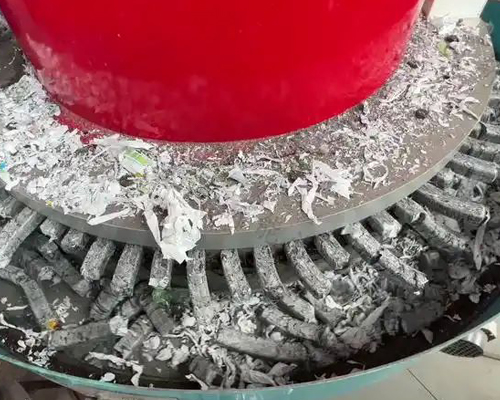
1).Raw materials
1.Biomass: Waste materials from agricultural and forestry processing such as sawdust, straw, rice husk, bark, etc. are common biomass raw materials. These raw materials are widely available and renewable. After being processed by RDF rod making machine, they can be made into high-calorific value biofuel rods for heating, household stoves, boilers, biomass power plants, etc.
2.Plastics: Including waste plastics such as mineral water bottles, beverage bottles, and plastic blocks. Plastics have high calorific value and can be used as high-quality raw materials for RDF rod making machines after processing. The fuel rods made can be used to replace some fossil energy.
3.Leather and cloth: High-calorific value waste materials such as old clothes, leather scraps, waste cloth and various textile scraps can be pressed into fuel rods by RDF rod making machine after pre-treatment such as crushing and drying, realizing resource recycling.
4.Paper: Wasted paper, cardboard, etc. are also potential raw materials. Their fiber structure helps the molding and combustion performance of fuel rods to a certain extent.
5.Other organic waste: For example, organic components in kitchen waste, waste wood, etc., can also be used as raw materials for RDF rod making machines after proper treatment and screening. Organic waste generated in some specific industrial production processes, such as waste residues and waste oil in the food processing industry, can also be used as raw materials for energy utilization if they meet relevant standards and requirements.
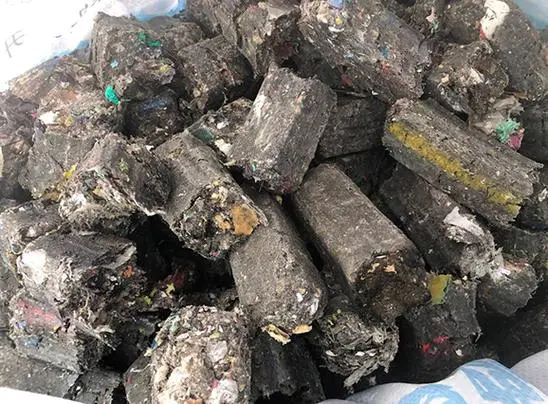
2).Future development
1.Market demand growth: With the continuous growth of global energy demand and the emphasis on environmental protection, it has become an urgent need to find clean and efficient alternative energy sources. As a new type of clean energy, RDF fuel rods have broad market prospects and huge development potential. They can replace some fossil energy and reduce dependence on limited resources. Their application space in the field of waste treatment is broader, and market demand is on the rise.
2.Technological innovation and improvement: In terms of production technology, key process links such as crushing, drying, and molding will be continuously optimized to improve production efficiency and product quality and reduce production costs. For example, more efficient crushers, dryers, molding machines and other equipment will be developed to achieve automated and intelligent production. In terms of raw material pretreatment technology, further research will be conducted on how to better handle raw materials with complex components and improve the adaptability and utilization rate of raw materials. At the same time, the research on the combustion performance of fuel rods will be strengthened, and more efficient and clean combustion technologies will be developed to reduce pollutant emissions.
3.Policy support will be strengthened: Governments will issue more policy documents to promote technological innovation, industrial upgrading and green development in the RDF rod making machine industry. For example, tax incentives, financial support, technological innovation rewards and other policy support will be given to encourage enterprises to increase R&D investment and expand production scale. At the same time, with the increasingly stringent environmental protection policies, higher standards for carbon emissions and pollutant emissions have been proposed, which will prompt the RDF rod making machine industry to develop in a green and low-carbon direction, eliminate backward production capacity, and strengthen the implementation of energy-saving and emission reduction measures.
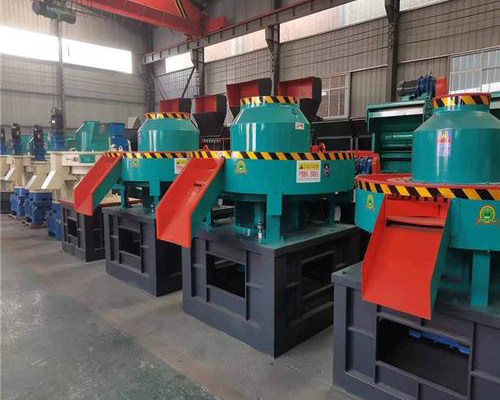
4.Industrial chain extension and coordinated development: Extending upstream, it will strengthen cooperation with garbage recycling and classification companies, establish a stable raw material supply system, and ensure the quality of raw materials and the stability of supply. Expanding downstream, it will establish closer cooperative relations with energy companies, heating companies, power plants, etc., expand the application market of RDF fuel rods, and form a complete industrial chain. At the same time, it will also carry out industry-university-research cooperation with scientific research institutions, universities, etc., jointly overcome technical difficulties, cultivate professional talents, and provide support for the sustainable development of the industry.
5.International market expansion: Against the backdrop of global energy transformation and increased environmental awareness, the international market demand for RDF fuel rods will continue to increase. Enterprises with technological and cost advantages will have the opportunity to expand overseas markets, participate in international competition, and promote the international development of the RDF rod making machine industry.
-
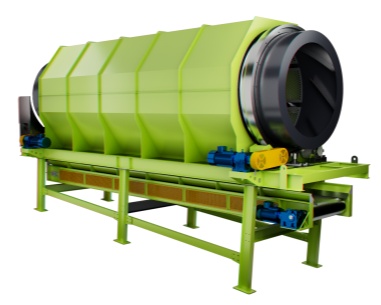 Trommel screenTrommel screen, also known as drum screens, are widely used in various industries for sorting and separating materials.Get Quote
Trommel screenTrommel screen, also known as drum screens, are widely used in various industries for sorting and separating materials.Get Quote -
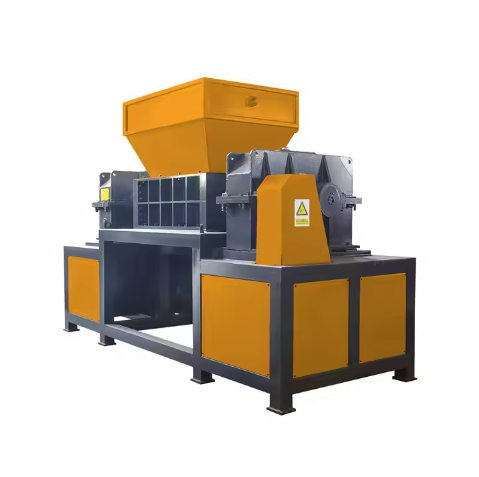 Crop straw double shaft shreddApplications:Biomass Energy Production: Shredded straw can be used as a feedstock for bioenergy plants to produce electricity or heat.Livestock Feed: Reduced-si...Get Quote
Crop straw double shaft shreddApplications:Biomass Energy Production: Shredded straw can be used as a feedstock for bioenergy plants to produce electricity or heat.Livestock Feed: Reduced-si...Get Quote -
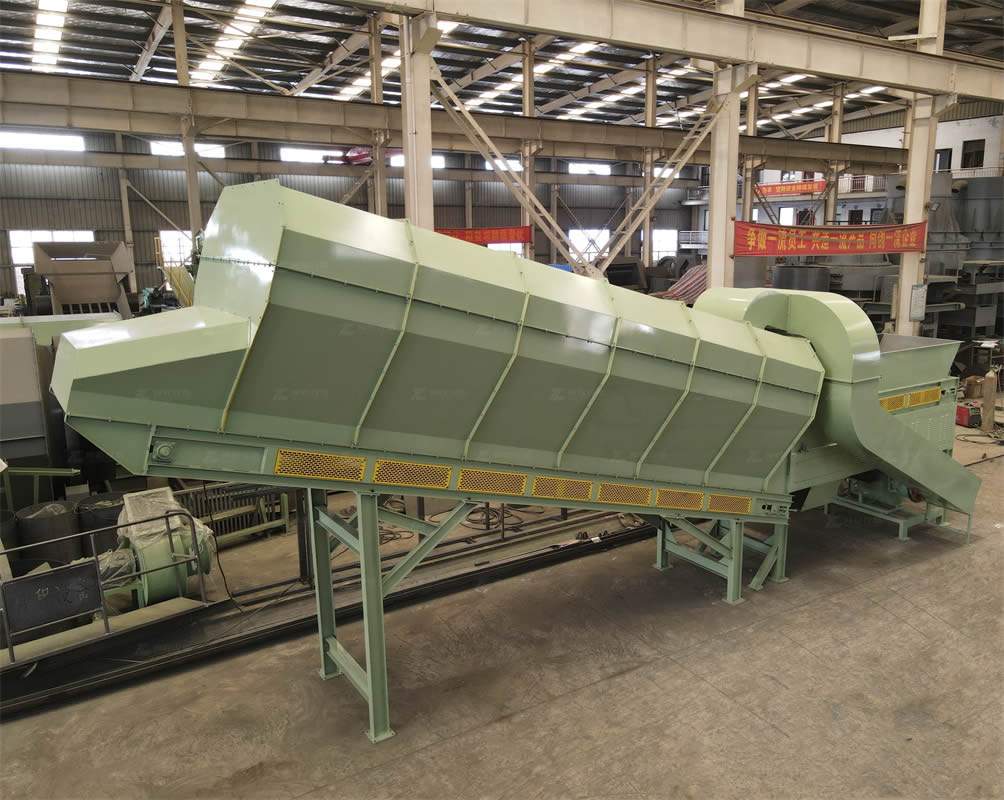 Zhongcheng Air Drum SeparatorAir drum separators effectively separate lightweight materials (e.g., plastics, paper) from heavier materials (e.g., metals, glass). This high efficiency is cru...Get Quote
Zhongcheng Air Drum SeparatorAir drum separators effectively separate lightweight materials (e.g., plastics, paper) from heavier materials (e.g., metals, glass). This high efficiency is cru...Get Quote
-
2024-08-07Efficient Material Separation with Bounce ScreensThe ballistic separator is an important equipment with separation function designed for the sorting of inorganic particles in the coarsely crushed waste.
-
2024-07-12Crush to Create: The Ultimate Eco-Friendly Plastic Shredder RevolutionThe working principle of a plastic shredder is mainly to tear large plastic materials into small pieces or fragments through mechanical force, in order to facil...
-
2023-01-12Vibrating ScreenVibrating screen is a mechanical device used to separate materials into different sizes and grades by vibrating them through a mesh or screen. This equipment is...
-
2024-07-09Recycling Balers-Safe,Easy-To-Use and affordableThe operating principle of a strapping machine primarily involves the following steps:1.Item Positioning:Firstly, the item to be strapped must be placed accurat...
-
2023-01-12Disc ScreenDisc screen, also known as a disc scalping screen, is a mechanical device used to separate materials based on size. It is commonly used in industries such as wa...



